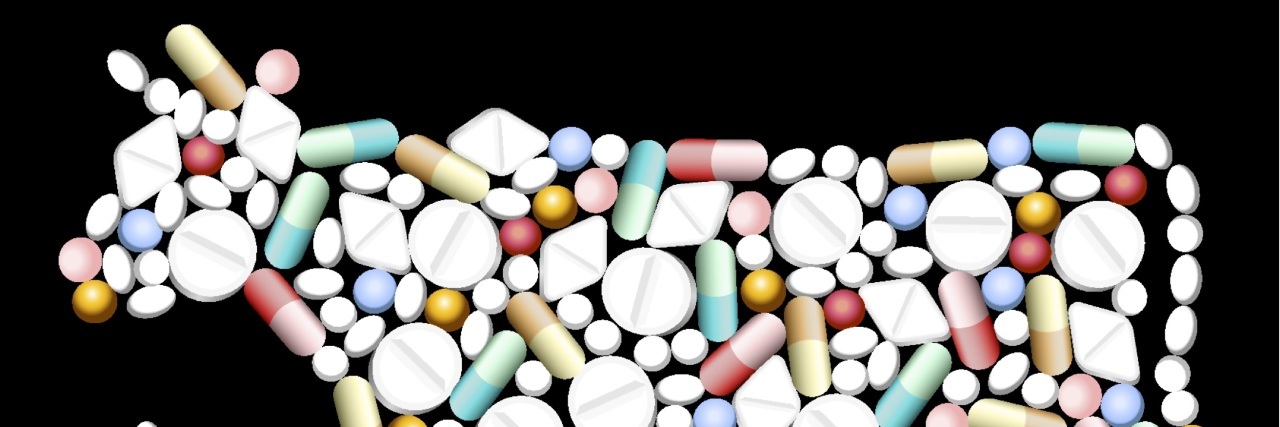On Wednesday, Consumer Reports published a report that trace amounts of antibiotics, anti-inflammatory and pain medication, antifungals and ketamine have been found in meat meant for human consumption.
CR reviewed unreleased test results from the Department of Agriculture’s Food Safety and Inspection Service (FSIS) found as part of a Freedom of Information Act regarding an unrelated food safety lawsuit. The tests were conducted by FSIS between October 2015 and September 2016 on 6,000 randomly selected samples of beef, chicken, pork and turkey.
While several trace antibiotics were found in the meat tested, CR focused their investigation on four drugs. This included chloramphenicol, a powerful antibiotic used to treat bacterial infections like meningitis, that has been known to cause aplastic anemia, a potentially life-threatening condition that affects bone marrow and causes the body to stop making blood cells.
The report also looked at phenylbutazone, an anti-inflammatory and pain medication, as well as ketamine and nitroimidazoles. Phenylbutazone has been banned from human use for years because it can lead to aplastic anemia, other blood disorders and may cause cancer. Ketamine is an anesthetic to reduce pain and an experimental antidepressant, though it’s also been used as an illegal party drug. Nitroimidazoles is an antifungal medication that may cause cancer.
CR’s science team found more traces of these four antibiotics than expected in the meat samples. The samples were initially tested by FSIS using a sensitive tool that can detect tiny trace amounts of substances in meat. A spokesperson for the FSIS told CR, however, “that the results should be discounted because they came from unconfirmed screening tests.”
Most safety regulation organizations, including the Food and Drug Administration (FDA) and the Environmental Protection Agency (EPA), have stricter regulations than FSIS for what level of trace substances are safe in food. For example, CR found that the FDA banned shrimp from Malaysia with 0.3 parts per billion (ppb) of chloramphenicol. FSIS allows up to 3 ppb of the same drug in food, which is 10 times higher than the FDA.
CR used their own calculations to determine what antibiotic level is reasonably safe for human consumption in meat, which is lower than FSIS regulations. CR discovered 2.6 percent of all meat types tested for chloramphenicol were above safety standards, while 25 samples were above the FSIS threshold. They found 24 of 1,448 samples exceeded CR’s determination of safe levels of phenylbutazone, and one sample was above the FSIS cutoff.
Ketamine was found in pork and beef combined above CR’s maximum level in 225 of 4,313 samples, while 15 were above FSIS regulations. In poultry, beef and pork combined, 667 of 5,756 samples contained nitroimidazoles above CR’s cutoff and 136 were above the FSIS threshold.
Outside of the potential health hazard of these specific drugs, excess antibiotics in the food people consume poses another risk: antibiotic resistance. A link between antibiotic resistance in humans has been well established to antibiotic overuse in animals. By using drugs in animals, the antibiotic-resistant bacteria strength and outnumber the healthy bacteria. Those resistant bacteria, such as salmonella, are then in the food we eat. Harmful bacteria, which are hard to treat because of their antibiotic-resistant nature, put people at greater health risk. For people with compromised immune systems or those who take antibiotics frequently, antibiotic resistance poses an even greater threat.
There could be a variety of reasons these potentially harmful antibiotics end up in meat destined for the dinner table. Now that antibiotic use is so widespread in humans, trace drug amounts could leak into runoff water or soil that ends up in the feed livestock eat.
Another probable explanation also comes from what animals eat. Often livestock feed includes parts of other animals who were not fit for slaughter. These same animals were likely to have been sick and treated with drugs. Healthy livestock may ingest and absorb trace antibiotic amounts from these animal parts in their food.
Sick animals may be improperly treated with too many antibiotics, or farmers may not wait long enough to allow the drugs to leave an animal’s system before it goes to slaughter. Illegal, counterfeit veterinary medications with human health risks or black market veterinary drugs may be used on livestock. Some farmers simply abuse the system, such as by giving cattle the painkiller phenylbutazone so sick livestock looks healthy enough to go to slaughter.
Though CR’s report indicates there are perhaps more harmful antibiotics in meat meant for humans than anybody realized, they caution that their analysis is inconclusive. It’s an area where more study is needed.
“CR’s food safety experts don’t think that the concerns raised in this investigation mean you should give up or necessarily cut back on meat,” CR wrote. “The findings are too uncertain and the potential risks still unknown.”
Header Getty Image via Peter Hermes Furian.

